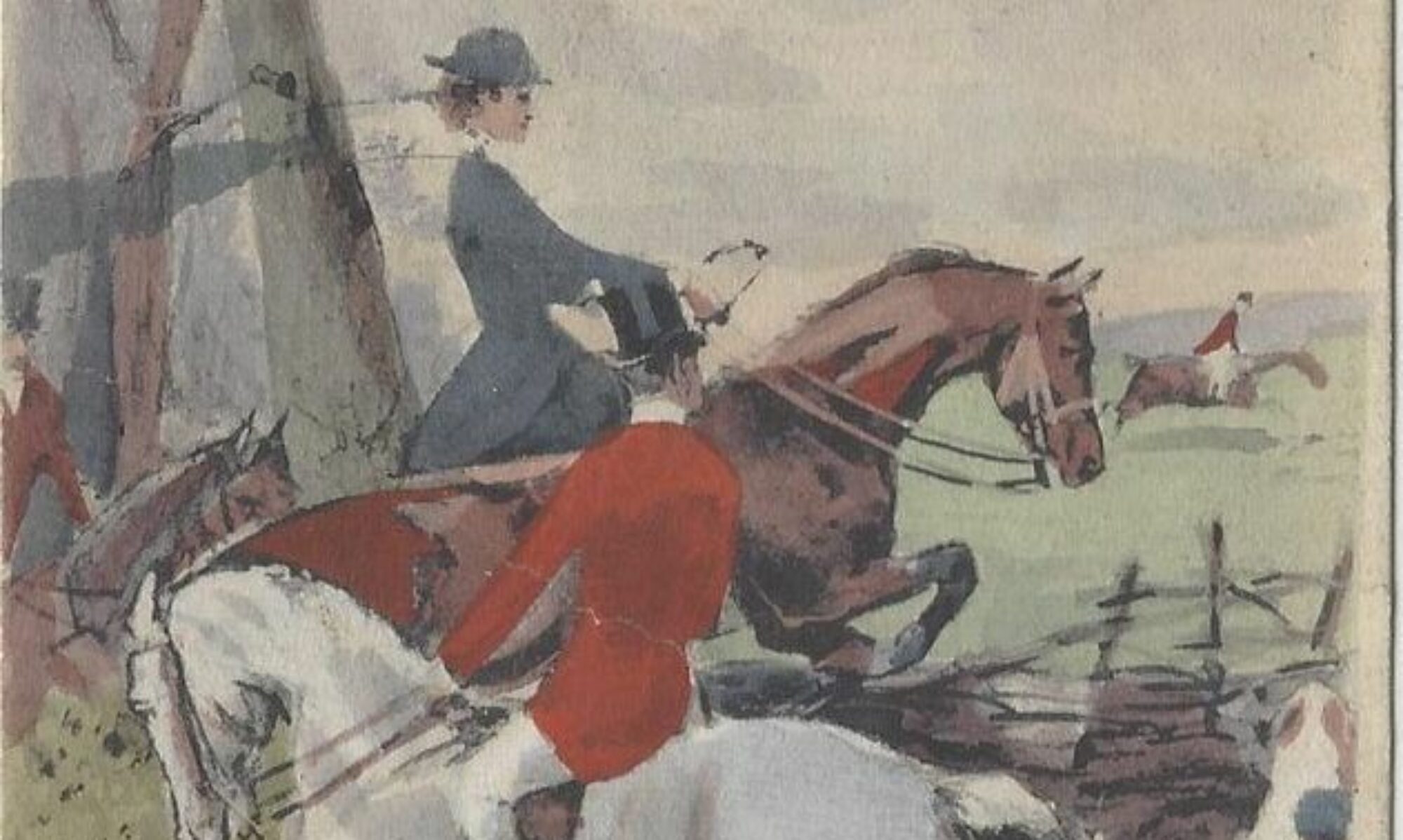Lesson Title: Introduction to Bilateral Stimulation for Stress Management
Lesson Duration: approximately 4 hours (not including lunch break)
Target Audience: Youth aged 16-18 with varying levels of familiarity with mental wellness concepts
Learning Environment: Online, using a combination of synchronous and asynchronous activities
Situational Factors to Consider:
- Technological accessibility and digital literacy
- Prior knowledge of mental wellness concepts
- Emotional and psychological readiness
Learning Goals:
Cognitive Domain-understanding neurobiology: By the end of the lesson, students can identify the basic neurobiology of the brain structures, neural pathways, and neurotransmitters involved in the stress response.
This understanding will be assessed through a multiple-choice question knowledge check that demonstrates their knowledge of neurobiology and its connection to bilateral stimulation. The knowledge check can be taken multiple times until a passing score is obtained. (I want to build it with the capacity to have the information they need along with the quiz so they can learn and reinforce the learning as they go and the quiz won’t go on until they have learned the information…like the quizzes we do in IHA for iLearns that you can take multiple times and go back and look at the information again until you have it….not sure what technology I would need for that)
Affective Domain-Personalized Wellness Plan: By the end of the lesson each student will create a personalized mental wellness plan that incorporates bilateral stimulation techniques, demonstrating integration of knowledge and personal relevance.
Educative Feedback and Assessment:
- Formative Assessment: Students will participate in a guided practical activity during the live session, receiving immediate verbal feedback from the instructor. They will also have an opportunity to seek guidance on their wellness plan 1:1 with instructor during one of the self-directed learning times.
- Summative Assessment: Students will show proficiency of understanding of the basic biology of the brain by scoring 70% or higher on a multiple choice knowledge check.
Students will submit a wellness plan that applies the knowledge they have about brain structure and bilateral stimulation in the management of mental wellness.
Teaching/Learning Activities:
- Introduction (20 minutes): Students will be asked to remain on camera for the duration of the lesson except when other videos are playing or when there is quiet reflection time. Introductions and ice breaker game. Students will introduce themselves by their “backward name” (DEBRA=ARBED) then share with the group 3 things about themselves. A short brainstorm session to establish the rules of the classroom relating to emotional safety and respect will take place-and a classroom code of conduct will be produced.
Students will also be given resources for mental health support should the content be activating and more robust follow up required by a counsellor. Crisis line numbers will be available to all students.
**********************BREAK FOR 10 MINUTES********************************
- Introduction to the brain (20 minutes): Brief lecture on the mechanics of the brain, neurobiology and how stress impacts us. This information will segue into the connection between neurobiology and bilateral stimulation and how it can support mental wellness. Short video to reinforce the lecture material- this will be posted as a resource. To reinforce the information there will also be alternative resources available (infographic, podcast, article) This will support students with diverse learning styles.
********************************BREAK FOR 10 MINUTES**********************
- Self-directed learning time (30 minutes)- This is a time for students to go over the information given to them in the lecture on their own. An opportunity to look at the other resources. Instructions for this section of the lesson will include a challenge to find a relevant resource of their own to share with the class.
- Interactive Discussion (20 minutes): Live discussion facilitated by the instructor, encouraging students to share their initial thoughts on neurobiology, share the resources they have found, and discuss the connection to bilateral stimulation and neurobiology. Students will also be encouraged to share any prior experiences with stress management techniques.
*******************************BREAK FOR 10 MINUTES***********************
- Demonstration and Guided Practice (20 minutes):
- The instructor demonstrates basic bilateral stimulation techniques via live video.
- Students follow along in real time, practising the demonstrated techniques.
- Reflection and Self-directed time (45 minutes):
- This time can be used to reinforce information. It is also time for students to reflect on their own stress and develop their wellness plan. Students will be placed in individual breakout rooms, and the instructor will spend the time visiting each student to support them with building their wellness plan.
****************************BREAK FOR Lunch 30 MINUTES*******************
- Knowledge check 1st try (20 minutes): Class will have an opportunity to try the knowledge check all at the same time- the knowledge check can be attempted until the minimum grade is achieved and will remain accessible after the first attempt to students after the lesson is over.
- Wrap-Up and Q&A (20 minutes):
- Recap of key lesson points.
- Open floor for questions, allowing students to seek clarification and further information on applying techniques in their lives.
Integration Check:
- Ensure the learning activities are directly tied to the learning goals, with the formative and summative assessments designed to measure the outcomes of these activities effectively.
- Provide resources for emotional support and additional learning for students who wish to explore deeper.
Materials Needed:
- Access to the online platform for live sessions and submissions.
- Handouts (digital) summarizing bilateral stimulation techniques.
- Access to counselling or support services for students who may need emotional support.
By following this lesson plan, students are engaged through a combination of foundational knowledge building, active participation, reflective practice, and personal application, aligning with the integrated course design model for significant learning experiences.

